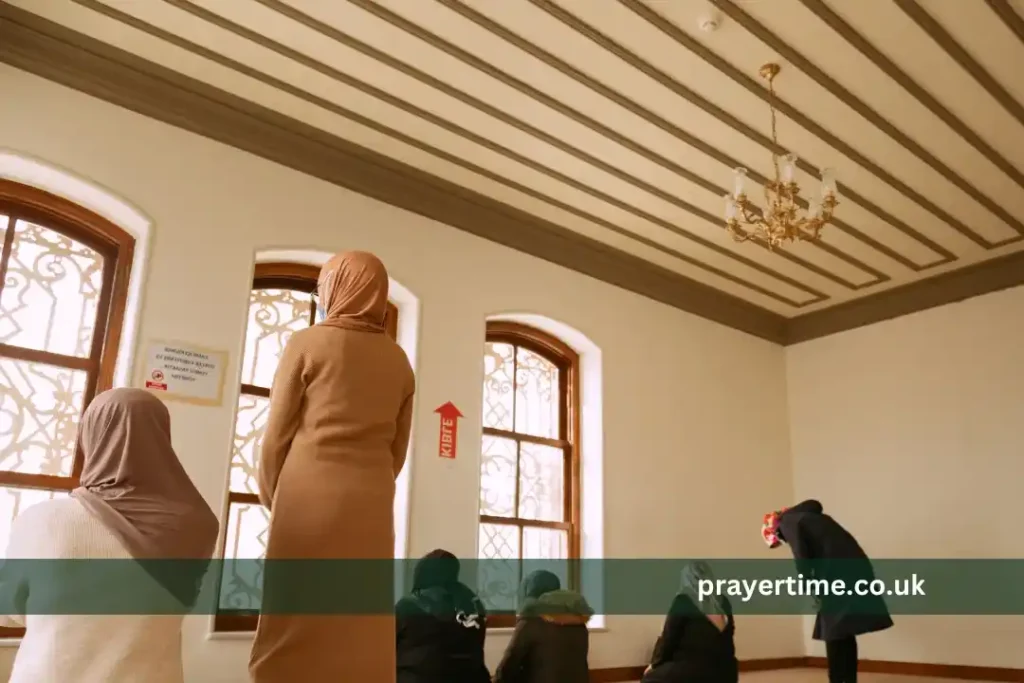How Many Rakat in Salat: A Comprehensive Guide

Salat, also known as namaz, is a fundamental pillar of Islam. It’s a form of worship that Muslims perform five times daily to connect with Allah. One of the most common questions among those learning about Islamic prayer is, “How many rakat in salat?” This article will provide a detailed explanation of rakats in each prayer and guide you through the essential aspects of salat.
What is a Rakat in Islamic Prayer?
Before we delve into the number of rakats in each prayer, let’s understand what a rakat is. A rakat is a unit of Islamic prayer that consists of specific movements and recitations. It includes standing, bowing, prostrating, and sitting positions, each accompanied by prescribed verses from the Quran and other prayers.

How Many Rakat in Salat?
The five obligatory daily prayers in Islam are Fajr, Zuhr, Asr, Maghrib, and Isha. Each prayer has a different number of rakats. Here’s a breakdown:
- Fajr Prayer (Dawn Prayer): 2 rakats
- Zuhr Prayer (Noon Prayer): 4 rakats
- Asr Prayer (Afternoon Prayer): 4 rakats
- Maghrib Prayer (Sunset Prayer): 3 rakats
- Isha Prayer (Night Prayer): 4 rakats
It’s important to note that these are the fard (obligatory) rakats. Many Muslims also perform additional sunnah rakats before or after the fard prayers, following the practice of Prophet Muhammad (peace be upon him).
| Name of Prayer | Before Fard | Fard | After Fard | |||
|---|---|---|---|---|---|---|
| Sunnah (rakahs) | Fard (rakahs) | Sunnah (rakahs) | Nafl (rakahs) | Wajib (rakahs) | Nafl (rakahs) | |
| Fajr | 2 | 2 | – | – | – | – |
| Zuhr | 4 | 4 | 2 | 2 | – | – |
| Asr | 4 | 4 | – | – | – | – |
| Maghrib | – | 3 | 2 | 2 | – | – |
| Isha | 4 | 4 | 2 | 2 | 3 | 2 |
| Jumuah | 4 | 2 | 4+2 | 2 | – | – |
Detailed Breakdown of Rakats in Salat
Fajr Prayer
The Fajr prayer consists of two rakats of fard (obligatory) prayer. Many Muslims also perform two rakats of sunnah before the fard prayer. According to a hadith narrated by Aisha (may Allah be pleased with her), the Prophet (peace be upon him) said,
“The two rak’ah of the Fajr prayer are better than this world and all it contains.” (Sahih Muslim)
Zuhr Prayer
The Zuhr prayer has four rakats of fard prayer. It’s also recommended to pray four rakats of sunnah before the fard and two rakats after. The Prophet (peace be upon him) said,
“Whoever is regular with twelve rak’ah of Sunnah (prayer), Allah will build a house for him in Paradise: four rak’ah before Zuhr and two after it, two rak’ah after Maghrib, two rak’ah after ‘Isha’ and two rak’ah before Fajr.” (Tirmidhi)

Asr Prayer
Asr prayer consists of four rakats of fard prayer. Some schools of thought recommend praying four rakats of sunnah before the fard prayer, while others don’t. The Prophet (peace be upon him) said,
“May Allah have mercy on a person who prays four rak’ah before ‘Asr prayer.” (Abu Dawud)
Maghrib Prayer
The Maghrib prayer has three rakats of fard prayer. It’s recommended to pray two rakats of sunnah after the fard prayer. The Prophet (peace be upon him) said, “Pray before Maghrib.” He (peace be upon him) said this twice, adding on the third time, “For those who wish to do so,” because he did not want people to take it as a sunnah. (Bukhari)
Isha Prayer
Isha prayer consists of four rakats of fard prayer. It’s recommended to pray two rakats of sunnah after the fard prayer. Additionally, the Witr prayer, which is strongly recommended (wajib in the Hanafi school), is typically prayed after Isha and consists of three rakats.
How to Perform a Rakat in Salat
Performing a rakat involves several steps:
- Standing (Qiyam): Begin by standing straight, facing the Qibla.
- Recitation (Qira’at): Recite Surah Al-Fatihah and another portion of the Quran.
- Bowing (Ruku): Bow with your back straight and hands on your knees.
- Standing Again (Qiyam): Return to the standing position.
- Prostration (Sujood): Perform two prostrations, touching your forehead to the ground.
- Sitting (Jalsa): Sit briefly between the two prostrations.
This completes one rakat. The subsequent rakats follow a similar pattern, with slight variations in the final rakat of each prayer.

Importance of Rakats in Salat
The specific number of rakats in each prayer is not arbitrary. It’s based on the teachings of Prophet Muhammad (peace be upon him) and has been preserved through Islamic tradition. Each rakat serves as a unit of worship, allowing Muslims to focus their minds and hearts on Allah.
A study published in the Journal of Religion and Health found that regular prayer, including the physical movements involved in rakats, can have positive effects on both mental and physical health. The study reported a 22% reduction in stress levels among participants who prayed regularly.

Conclusion
Understanding how many rakat in salat is crucial for Muslims to perform their daily prayers correctly. From the two rakats of Fajr to the four rakats of Isha, each prayer has its unique structure. By following these guidelines and performing the correct number of rakats, Muslims can fulfill their obligation of salat and strengthen their connection with Allah.
Remember, while the number of rakats is important, what’s most crucial is the sincerity and concentration (khushu) with which you perform your prayers. As the Quran states,
“Successful indeed are the believers, those who humble themselves in their prayers” (23:1-2).
Whether you’re new to Islam or looking to deepen your understanding of salat, we hope this guide has been helpful in explaining how many rakat in salat and the significance of each prayer.





